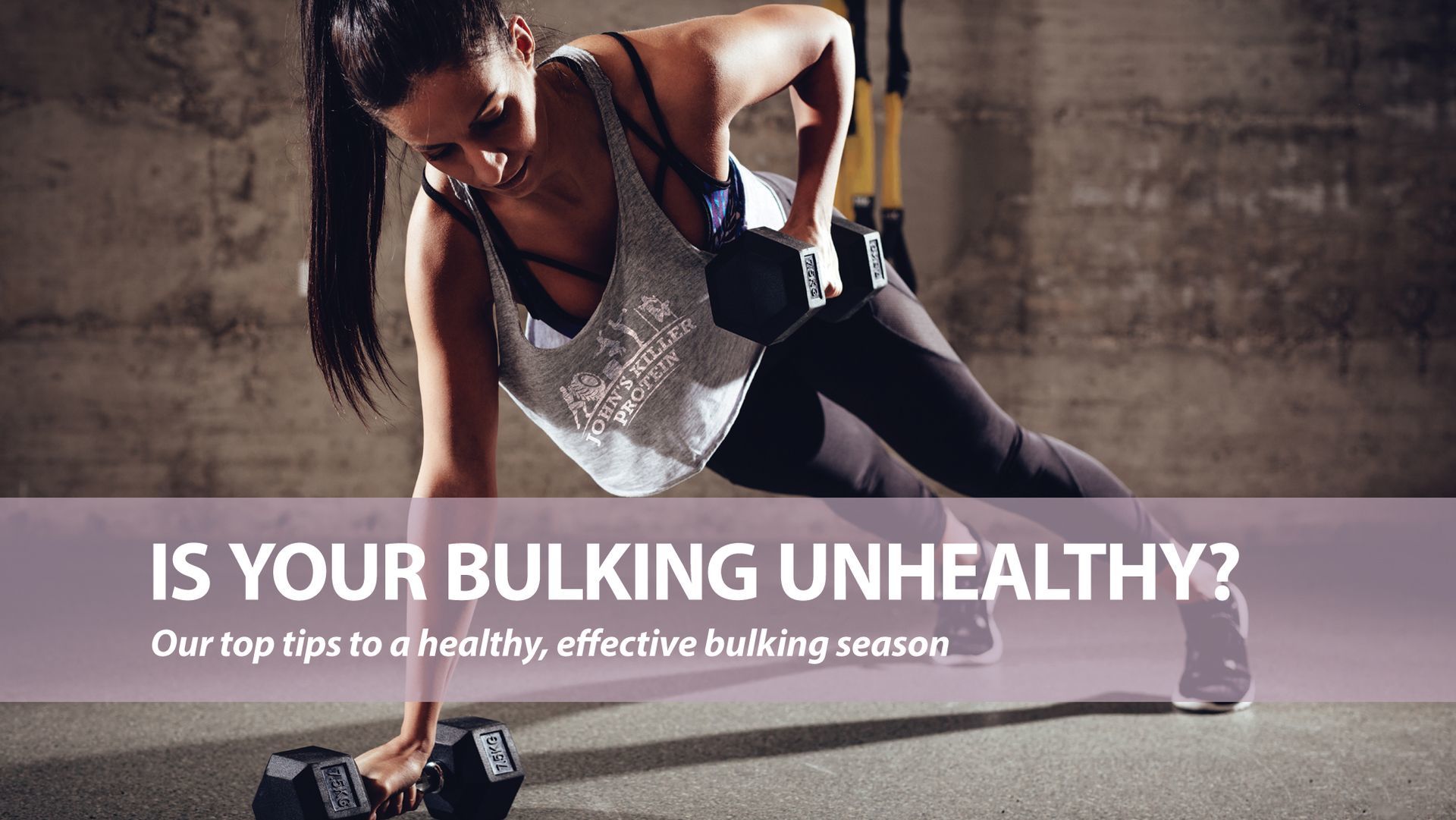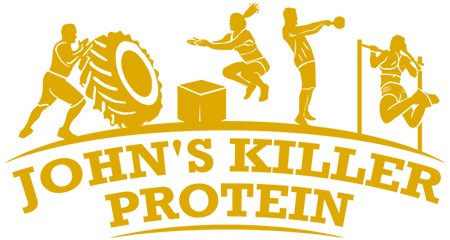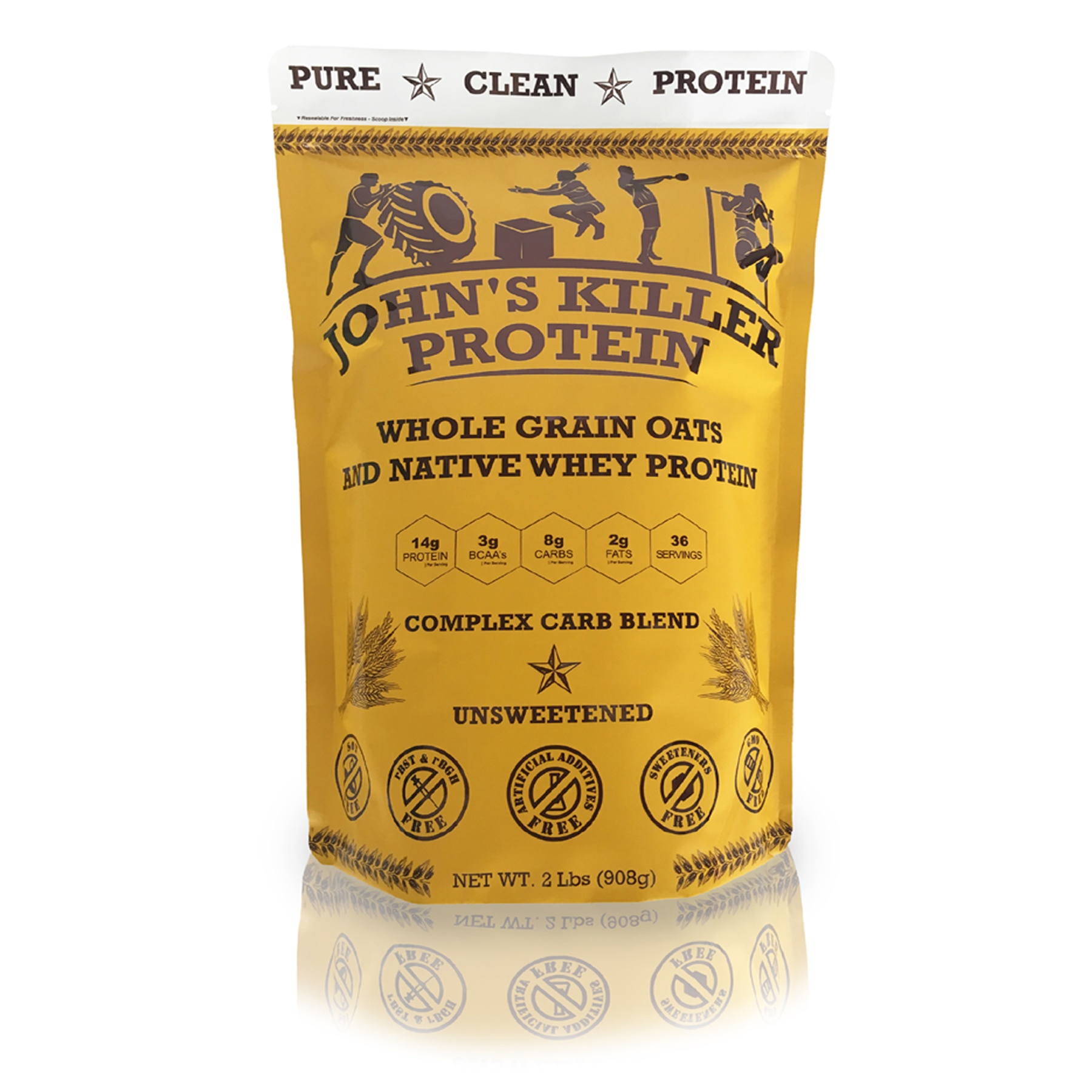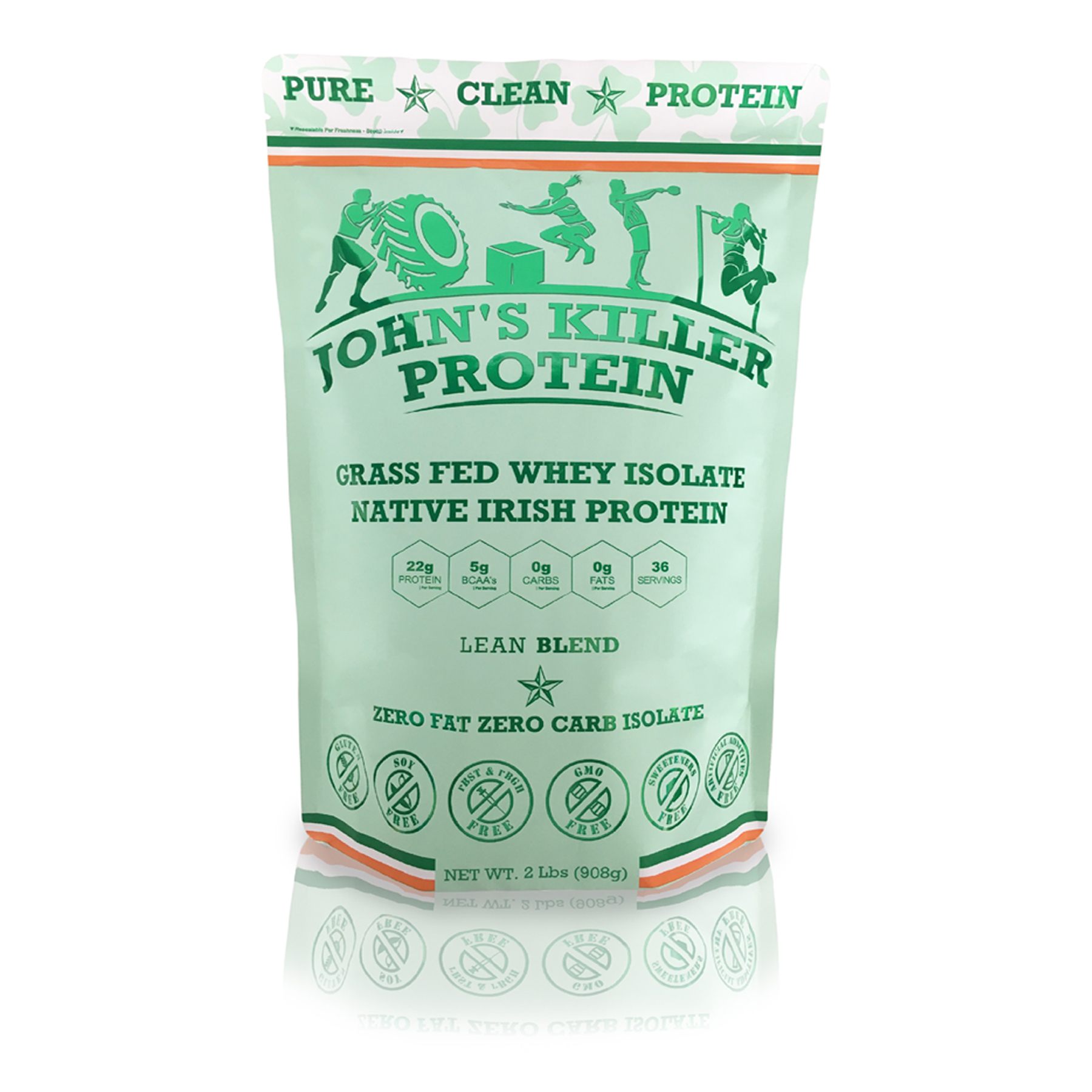
Is Your Bulking Healthy?
For many lifters, bulking season is here! But have you ever wondered what makes for a successful bulk? When done properly, bulking can be extremely effective in gaining mass and muscle tissue. When bulking incorrectly, bulking will lead to gaining fat tissue and can even be detrimental to gaining muscle mass. If you decide to bulk this winter season, here are our top 7 tips to a successful (and healthy) bulk!
1- Don’t Gorge on Junk Food:
The most common and damaging mistake lifters make is taking a bulk-up as an excuse to eat whatever they want and as much as they want. Eating more calories is a surefire way to add mass, but your body still cares where they come from, and natural, whole foods are always the best sources.
2- Eat More, But Not Too Much More:
You don’t need as much of a calorie surplus as you probably think. In fact, research has found that it isn’t always necessary to eat more food at all. A study in the American Journal of Clinical Nutrition study found that obese subjects who dieted and weight trained for 90 days lost 35 pounds while gaining significant muscle at the same time. The take-home point is that stimulating muscles through training is the most important factor in gaining size. Stuffing them full of extra calories isn’t as crucial, and can lead to more fat storage. Aim for between 14 and 18 calories per pound of your body weight daily. Consume 1 to 1.5 grams of protein per pound of body weight, 2 grams of carbs per pound, and 0.4 grams of fat per pound. Don’t think that eating pizzas and ice cream will add size to anything but your waistline.
3- Eat Lean:
Stick to Lean meats for protein, complex carbs (potatoes, yams and rice) for most of your carbs, and let your fats accumulate mainly by way of your protein foods. Incorporate a clean and convenient source of protein and carbs like our John’s Killer Protein® – Complex Carb Blend or our John’s Killer Protein® – Lean Blend for an easy, in-between-meals source of high quality protein and clean carbs.
4- Change Things Up:
It’s a misconception that you need a specific training plan for muscle gain versus fat loss. Any routine that builds muscle will help you lose body fat. You need only adjust your diet to suit the goal. However, if you’ve been on the same program for a while, you should make some significant changes before you start your bulk. Training stimulus is the biggest factor in muscle growth, and muscles grow when they’re forced to meet new demands. You’ll see faster, more dramatic gains if you shift your training suddenly (just as you’re shifting your diet). For example, if you’ve been circuit training, try switching to an upper/lower split for a while. If your volume has been high, cut it back and add some weight. If you’ve been following a powerlifting template, try strongman or straight bodybuilding for a few weeks.
5- Don’t Cut Out Cardio:
Just as eating with reckless abandon will make you more fat than muscular, bulking doesn’t give you a license to bail on cardio, either. Keeping cardio in your routine will allow you to stay leaner as you increase calories, and—more importantly—it will keep your heart in shape. Three to four days of cardio per week isn’t likely to interfere with mass gains, but if you want to leave nothing to chance, limit your cardio to low-intensity sessions (walking, easy cycling) for up to 60 minutes, tops. This is enough to burn excess calories mainly from your fat stores without negatively affecting hormones that help you gain size.
6- Don’t Bulk Too Long:
It’s inevitable that the longer you bulk, the fatter you’ll get. Eating excess food is bound to cause your body fat to creep up over time, even when you’re eating very healthy. Your body’s insulin sensitivity tends to decline sharply at around 15% body fat—continuing to bulk beyond that point will lead to rapid fat gain. So when your abs begin disappearing (around 10% body fat), it’s time to stop.
7- Alternate:
Switch bulk and cut cycles throughout the year and you’ll manage a balance of muscle gain and fat loss. If you like, you could also take a post-bulk break. A 2013 review in Medicina Sportiva showed that subjects training for muscle growth who took up to three weeks off from the gym didn’t lose much muscle and experienced even greater gains when they returned to training afterward.
Conclusion:
Bulking is a good way to consume a surplus of calories that fuel muscle growth. But, like many things in life, moderation matters and the devil is in the detail. So pay close attention to the source of your calories, the duration of your bulk, and how your body is adapting to the surplus of calories you’re eating. Bulking is not a “set it and forget it” process, and should not be a free-for-all eat whatever you want approach – it should be calculated and well planned with a clear goal in mind. Hope this article helps and you can find a few tips in here you can adopt during your bulking process.
John’s Killer Protein® Items Mentioned In This Article:



Thank you for this excellent article , number 7 surprised me the most…but if I take 3 weeks off from lifting my head will explode..LOL , Thank you again I truly love your products